The Return of the Living Dead – The Surprisingly Influential Sequel That’s Only Kind of a Sequel
May 13, 2020 By Go BackThe Return of The Living Dead has one of the most confusing titles and unusual origin stories in horror cinema. It is often cast as a ripoff, imitator or cheapo cash grab in spite of the fact that it’s chock full of originality and genre-defining moments, and is helmed by one of the most influential writers in horror and science fiction history. While many people may reduce The Return of The Living Dead to memorable gore gags and some sleazy nudity, it’s truly an unusual and fascinating movie that undeniably rewrote the rules of the genre.
To understand how Return came to be, first you need to understand the unusual circumstances under which Night of The Living Dead was conceived. If you want the whole story from those who lived it, I suggest checking out Raising the Dead: Re-examining the Night of the Living Dead, but the short version is that George A. Romero and his crew at Image Ten modelled themselves as a film collective. In the French New Wave style, no one person necessarily took ownership of the specific roles on the film and the final credits of the film were chosen more out of legal necessity and “who did what the most” rather than ego. Where it gets tricky after the success of Night of The Living Dead is the fact that it is credited as being written by two men: George A. Romero and John Russo.
The writers tend to credit the concept of the film like so: John Russo came up with a sketch of an idea of a man finding ghouls eating corpses, Romero took the idea and ran with it, coming up with a treatment for the final film. As the concept of zombie cinema and Romero’s directing career took off, this left Russo, who felt he had some ownership of Night of The Living Dead, hungry to explore his version of the premise. Through a series of arcane legal battles, both men actually retained the rights to create a sequel to Night of The Living Dead, with Romero retaining the rights to much of the original story, while Russo was legally allowed to co-own some concepts and the “Living Dead” title. In the late 70s, Romero got to work on Dawn of The Dead and Russo turned to his typewriter to create the 1977 novel Return of The Living Dead.

When Romero’s zombies continued their success in a sequel, Russo decided to try to turn his own novel into a film. The original pitch was a 3D adaptation with Tobe Hooper directing, but when Hooper got stuck in the famously lengthy filming of Lifeforce, producers had to scramble for a new take. The project had luckily caught the attention of Lifeforce screenwriter Dan O’Bannon who was very interested to not only dip his toes into a sequel to Night of The Living Dead, but to finally get in the director’s chair as well.
Dan O’Bannon was a real get after penning hits Alien and Blue Thunder, and his experience in genre filmmaking was legitimate. He began as a student with John Carpenter writing and starring in the cult sci-fi hit Dark Star and went on to oversee Heavy Metal’s transition to the screen. He also had experience with terrestrial horror and the undead in the under seen Dead and Buried. But while his horror bonafides made him the perfect person to direct, they put him in a different position than John Russo – He didn’t want to piss off George Romero, a man he admired greatly.
The way Dan O’Bannon chose to honour his idol was to rewrite the script completely and specifically change the tone of his sequel. This zombie movie would feature just as many claustrophobic sieges and undead hordes, but would have laughs along the way. In a masterstroke worthy of a famous screenwriter, O’Bannon also decided that instead of a straightforward sequel to Night of The Living Dead, his film would be in a world where the original movie existed as a part of a government conspiracy to cover up an actual incident of the dead rising in a small town. These changes gave the film the flexibility to be separate from Romero’s world as well as a spiritual sequel in its own right. O’Bannon and his crew took the opportunity to change zombie mythos forever.
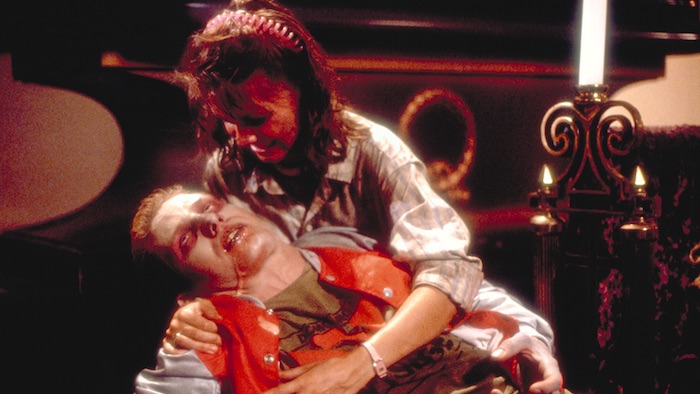
Dan O’Bannon’s film injects the zombie horde with humour and punk vibes, both in the soundtrack and aesthetic, but the legacy The Return of The Living Dead leaves behind is how it plays with the idea of zombies. If you’ve heard a zombie groan “brains” in popular culture or indeed specifically want to eat brains, this movie invented it. Talking at all was generally new to zombies, and some of the best disturbing scenes in Return involve very articulate corpses. Fast zombies had existed in a few versions before, but O’Bannon’s could run, walk and strategize movement like a normal person. Also in The Return of The Living Dead we know what causes zombies – a toxic gas – so their spread is generally more localized though more intense. This also allows for some fun in the fact that Romero’s zombies could be killed by destroying their brain while O’Bannon’s keep going no matter how you hurt them.
These differences may seem minor, but the fact that they have invaded horror and popular culture to such an extent that they are seen as regularly as Romero’s “rules” means The Return of The Living Dead had a real impact. The fact that it came out within months of Romero’s third entry, Day of The Dead in 1985, but still managed to have a big box office and legacy at all, means that O’Bannon really created something special. Even more importantly, the way Dan O’Bannon actively took Russo and Romero’s original concept as a jumping off point but had his own fun playing with the rules is how zombie movies have, in their own way, found fresh life again and again for audiences. Whether it’s 28 Days Later’s rage virus zombies, Zombieland’s comedic corpses or even Warm Bodies’s teen romance zombies, modern zombie movies owe just as much to Dan O’Bannon’s innovations as they do to the original maestro George A. Romero.






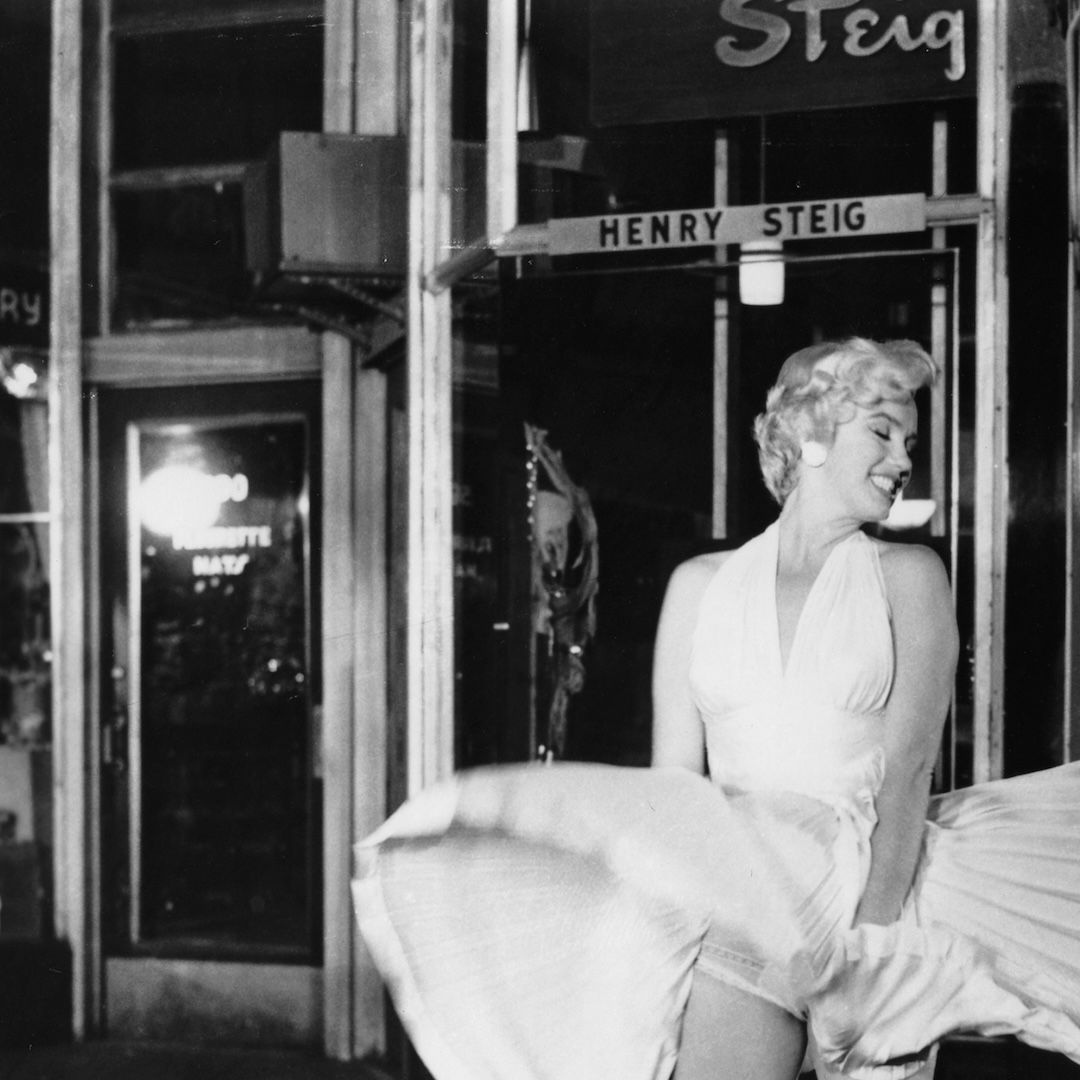
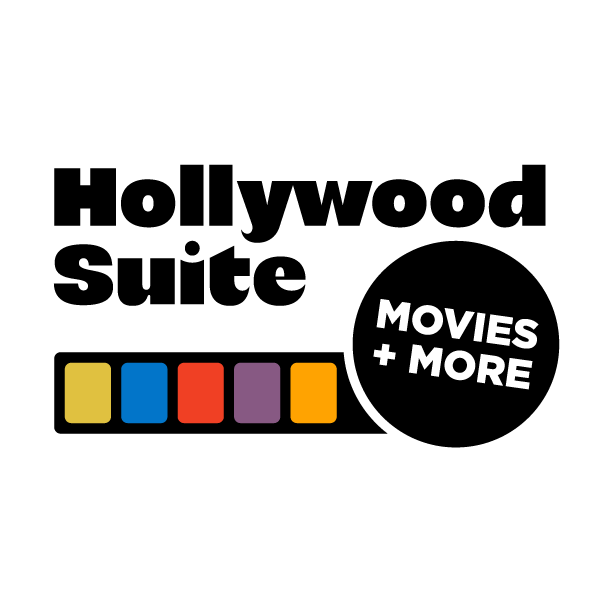
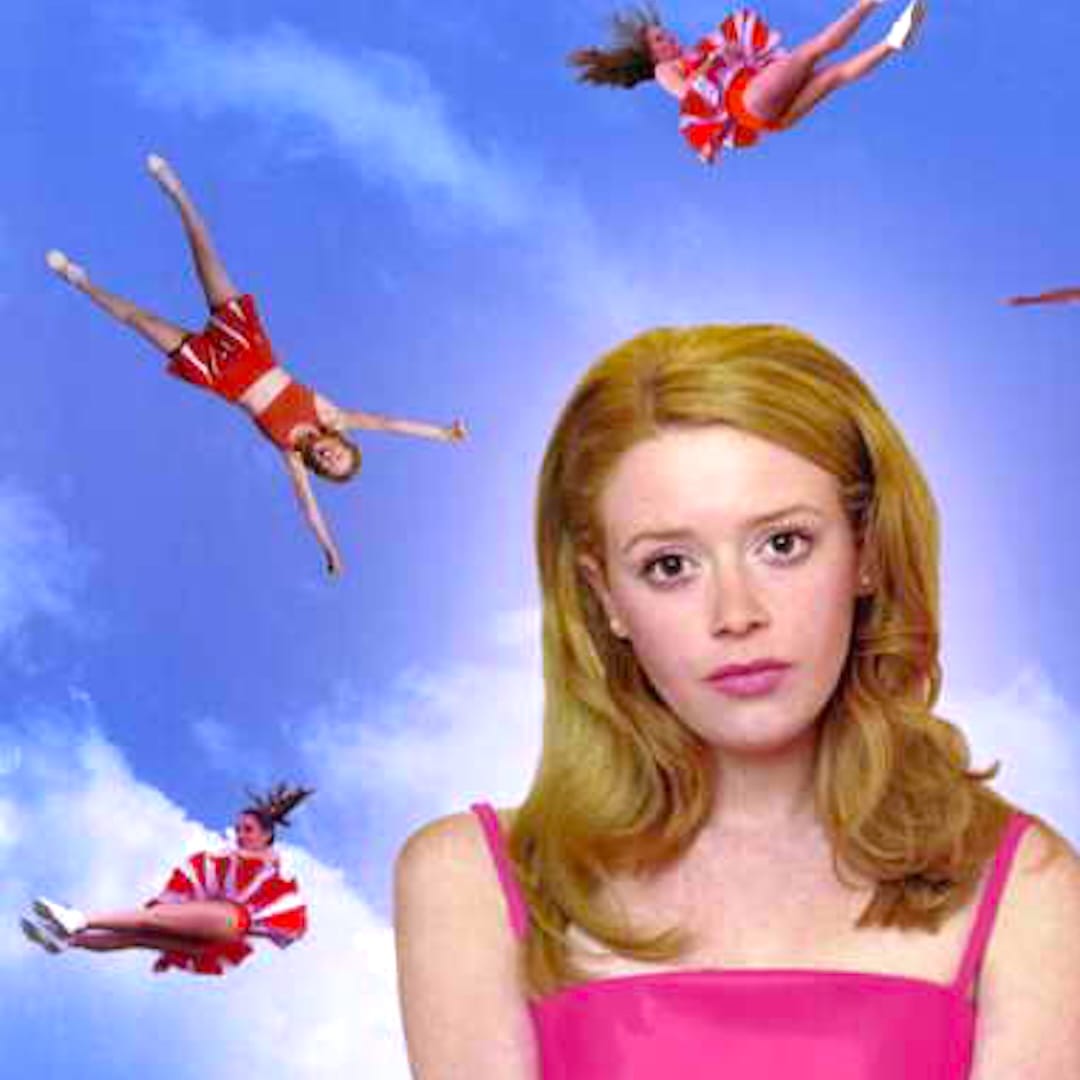

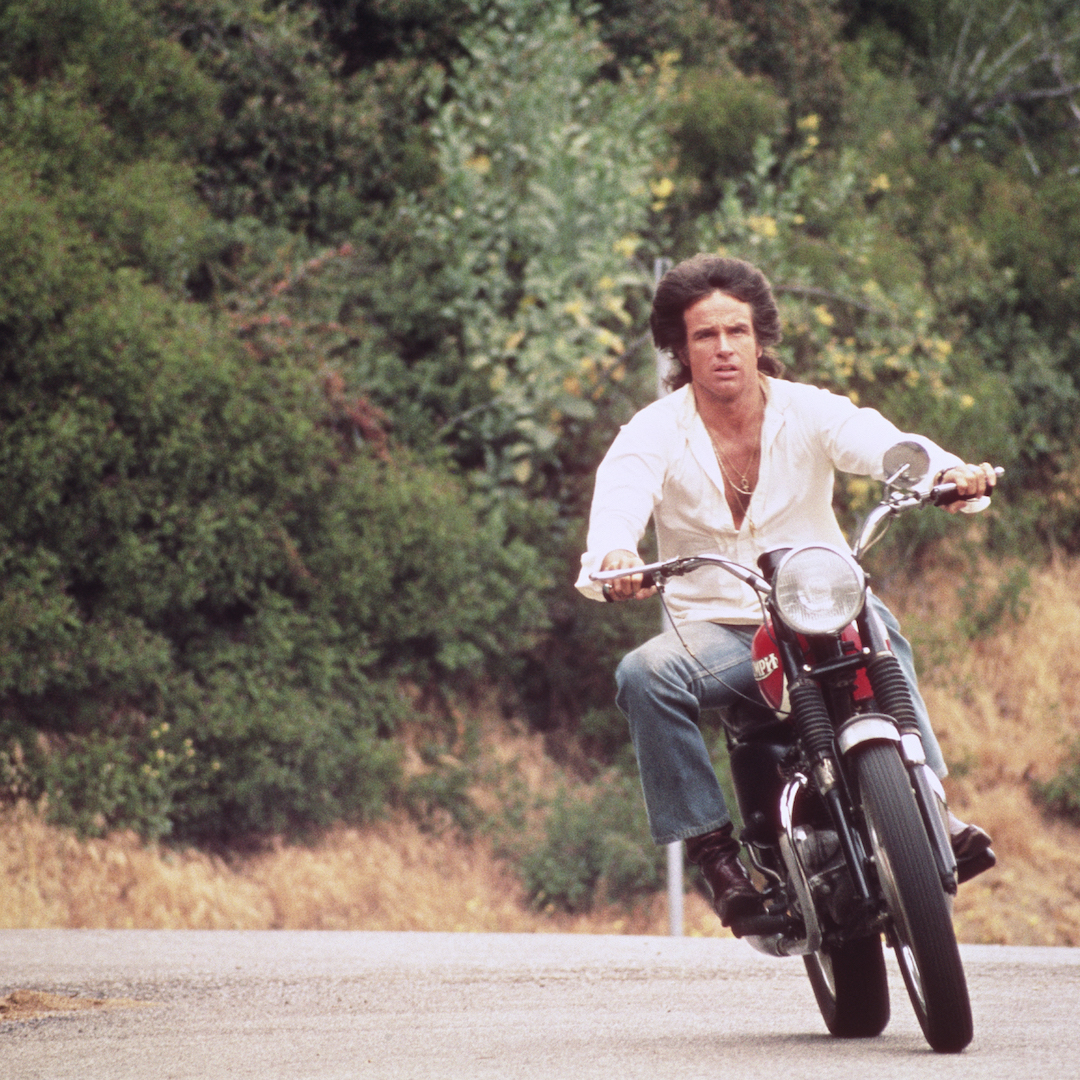

 Follow us on Instagram
Follow us on Instagram